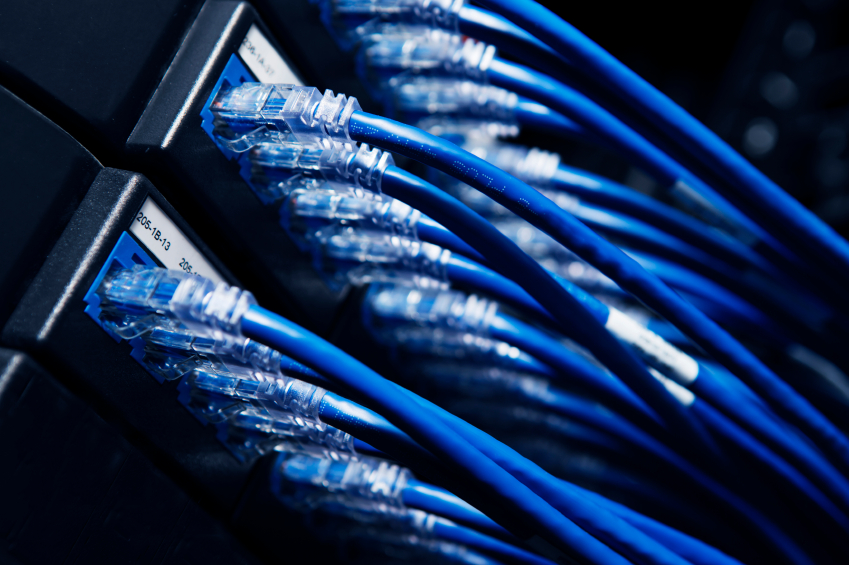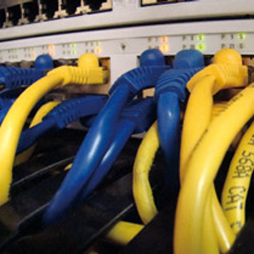Structured Cabling
Structured cabling is data and telecommunications cabling inside a building that is installed according to a set of defined standards. With Registered Communications Distribution Designer (RCDD) and BiCSI certified resources Comco, Inc. has the ability to take on your structured cabling projects and get them completed. Comco has extensive experience installing structured cabling systems that include Cat 3, Cat 5, Cat 5e, Cat 6, coaxial, and fiber optic cables.



